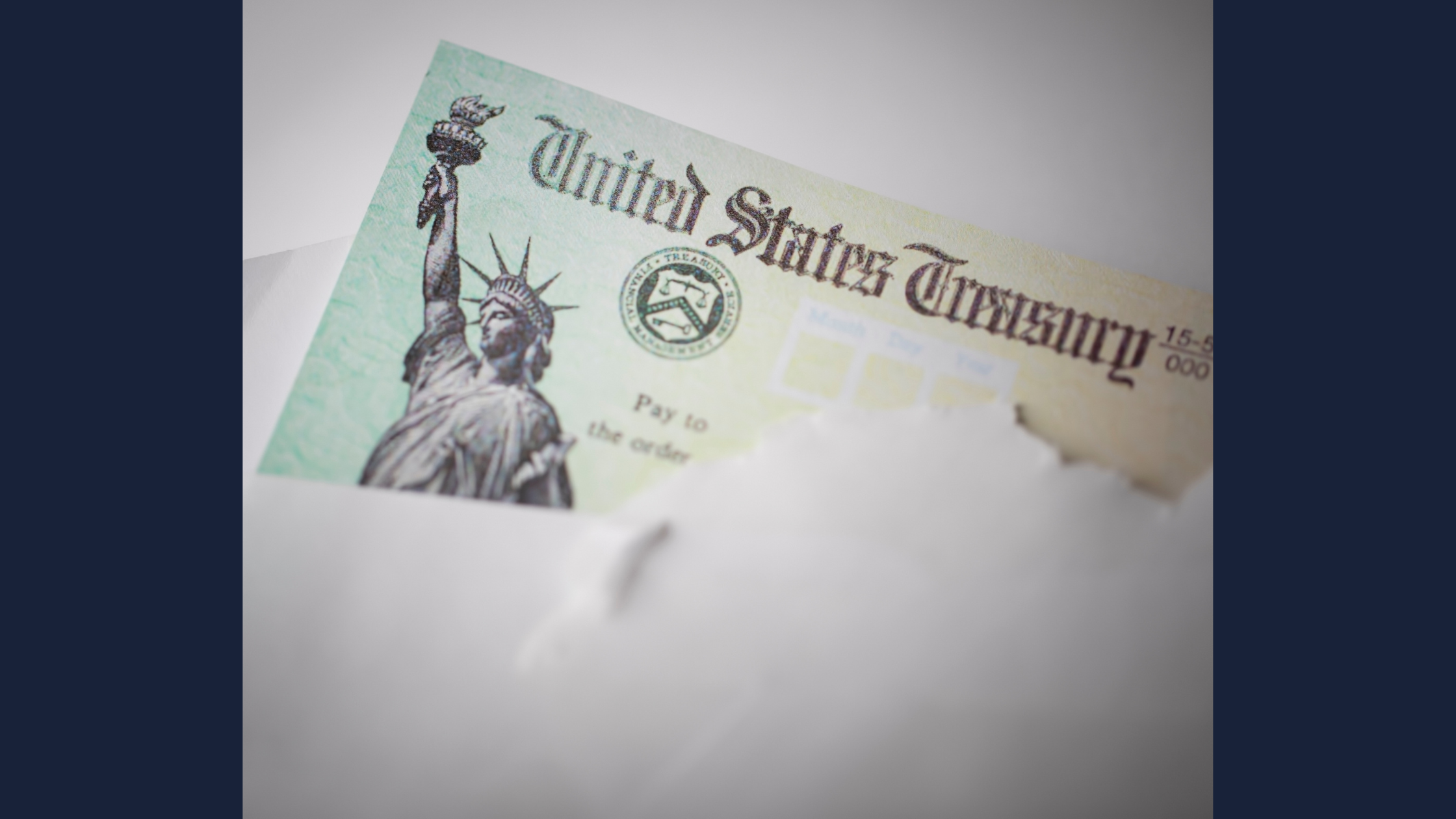The Treasury recently released updated guidance on the American Rescue Plan Act’s (ARPA) State and Local Fiscal Recovery Funds (SLFRF) and Emergency Rental Assistance 2 (ERA2) programs. The updated guidance, which can be found in Final Rule FAQs 2.14 and 4.9, includes a provision to allow SLFRF funding to be allocated toward the full principal amount of long-term affordable housing loans that meet certain requirements. The update also expands eligible affordable housing criteria to allow SLFRF funding to be used for affordable housing more broadly.
While affordable housing was already an allowable use of SLFRF funding, the final rule that took effect April 1, 2022, created a situation in which SLFRF funding, essentially, was not technically allowed to be used for loan principal if the loan itself would be repaid after 2026. Because ARPA required the SLFRF to be allocated and spent by December 31, 2026, only the cost of the loan -- the interest and origination fees -- would be considered an allowed expense, and the loan principal would not have been. On July 27, 2022, Treasury resolved this issue by releasing updated guidance, through updated Frequently Asked Questions (FAQs) and a joint Treasury/HUD-issued How-to-Guide, that allows the cost of the loan and the loan principal to be considered expended at the time of disbursement to the borrower.
The goal of the updated guidance is to finance more development, and to provide funding for underfunded projects such as the construction of, or the renovation of, affordable housing for communities. The updated Treasury guidance does not impact ERA1 funds.
This new guidance follows the final rule on the use of SLFRF funds issued earlier this year and focuses on two (2) major provisions:
- Increasing flexibility to use SLFRF to fully finance long-term affordable housing loans
- Expanding eligible affordable housing criteria to SLFRF funding available for affordable housing
The Treasury has updated its guidance to clarify two (2) ways to use SLFRF funds for affordable housing under the final rule.
Option 1: SLFRF funds used for affordable housing projects under the PH-NEI eligible use category are presumptively eligible if the project meets certain requirements of the list of Federal housing programs below:
- National Housing Trust Fund
- HOME Investment Partnerships Program
- Low-Income Housing Credit
- Public Housing Capital Fund
- Section 202 Supportive Housing for the Elderly Program
- Section 811 Supportive Housing for Persons with Disabilities Program
- Project-Based Rental Assistance
- Multifamily Preservation & Revitalization Program
- Indian Housing Block Grant Program
- Indian Community Development Block Grant Program
- Bureau of Indian Affairs Housing Improvement Program
Option 2: SLFRF funds used for affordable rental housing under the PH-NEI eligible use category are presumptively eligible uses if the units funded serve households at or below 65% of area median income (AMI) for a period of 20 years or more.
A broader range of affordable housing investments may also be eligible for the use of SLFRF funds under the final rule if they are related to offsetting the impact of the Coronavirus pandemic and meet the final rule’s requirements, even if the project does not fall into one of the presumptively eligible categories listed above. According to the Treasury and HUD's Affordable Housing How-To-Guide: "Depending on the needs of the local rental market, it may be reasonably proportional to address the negative economic impacts of the pandemic by funding units (e.g., up to 80% AMI) that do not fall into the presumptively eligible categories listed above."
Essentially, if your community is struggling to provide affordable housing for residents and is experiencing a very tight rental market, they may be willing to expand eligibility for you to use these funds to provide more affordable housing.
The Treasury has provided the helpful flowchart below in the how-to-guide for determining If your affordable housing project Is eligible under the expanded guidance.

Figure 1 - Eligibility Flowchart from the Treasury/HUD's "Affordable Housing How-To-Guide"
For more detailed information, we encourage you to read through the updates to the final rule, FAQs, and the Treasury/HUD guide. We have ARPA and SLFRF resources for you as well.
*Photo by LPETTET from Canva.
Topics: Local, Industry News, Tribal, State

